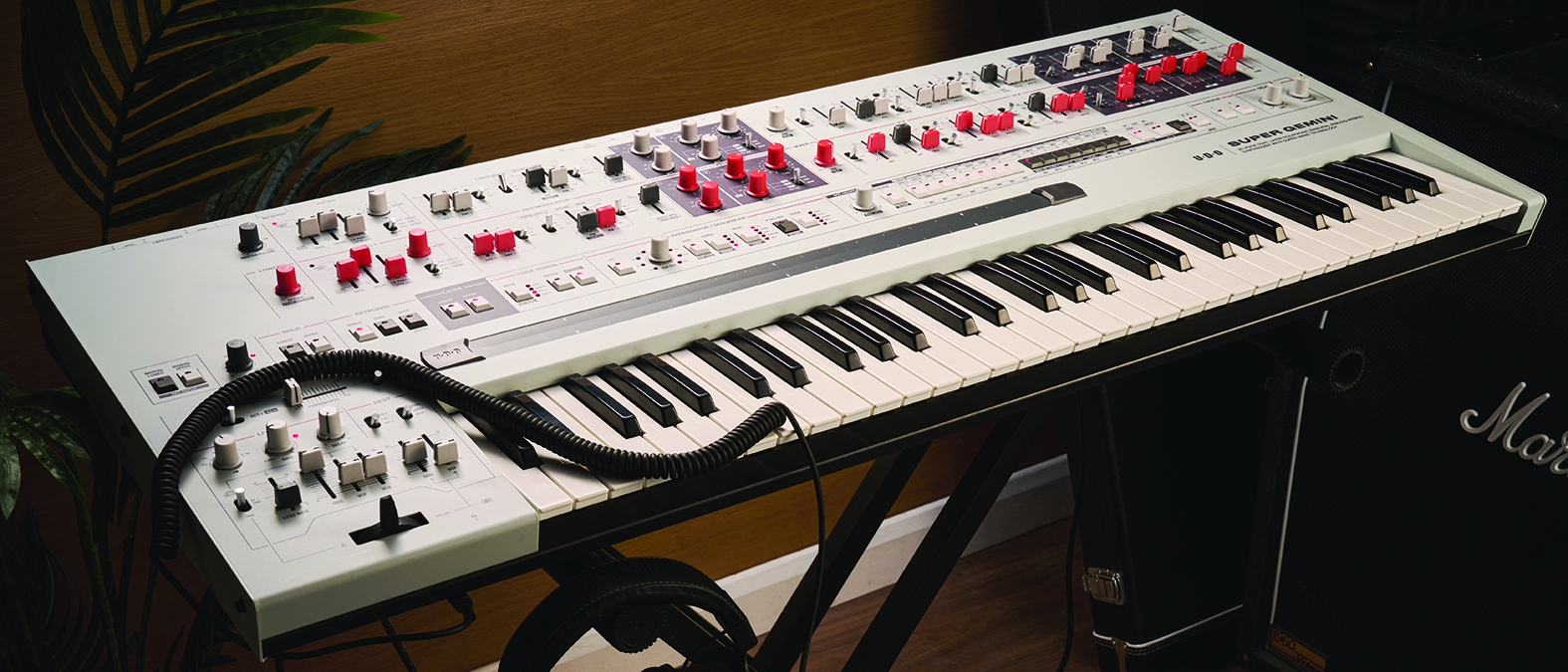MusicRadar Verdict
One of the best performance synths on the market. We’re in a golden age of polysynths at the moment and this is one of its stars.
Pros
- +
Two fantastic-sounding synths in one that can interact with one another incredibly well.
- +
The modulation options are many and varied and relatively easy to implement.
- +
Two sets of controls for each synth mean much less fuss and everything is right there before you.
Cons
- -
A screen would have helped with some of the functions.
- -
A very pure electronic sound that might be too dreamy for harder styles.
MusicRadar's got your back
UDO Audio Super Gemini: What is it?
UDO Audio’s Super Gemini synth is designed as the perfect marriage of effectively two synths – hence the name – in one almighty design. But it’s more about how these synths co-exist, work together, and how they complement one another in an incredibly well-designed dual environment.
The synth is bi-timbral and binaural – bi-everything, really – so you can have 20-voice mono sounds, or 10 big stereo sounds, or keyboard splits with five stereo/10 mono voices on each of the upper and lower registers, or just have your sequencer triggering two completely independent synths, each sent to individual pairs of outputs.
The easiest, and possibly laziest way to describe Gemini is as two of UDO’s own Super 6 synths – which we looked at back in 2021, the company’s first synth entry and a great debut – together in one case. Indeed both synths use the aforementioned binaural architecture, where two duplicate voices are used to create true stereo sounds.
Super 6 has six binaural voices or 12 mono voices of polyphony. Gemini has 10 binaural voices (five per layer) or 20 mono voices. So it’s not really (quite) two Super 6s – it would need a couple more binaural voices for that – but who are we to quibble? And to be honest, the overall Gemini package, with two sets of controls for each synth layer, does scream ‘double synth power’, and the two synth engines also share a lot more.
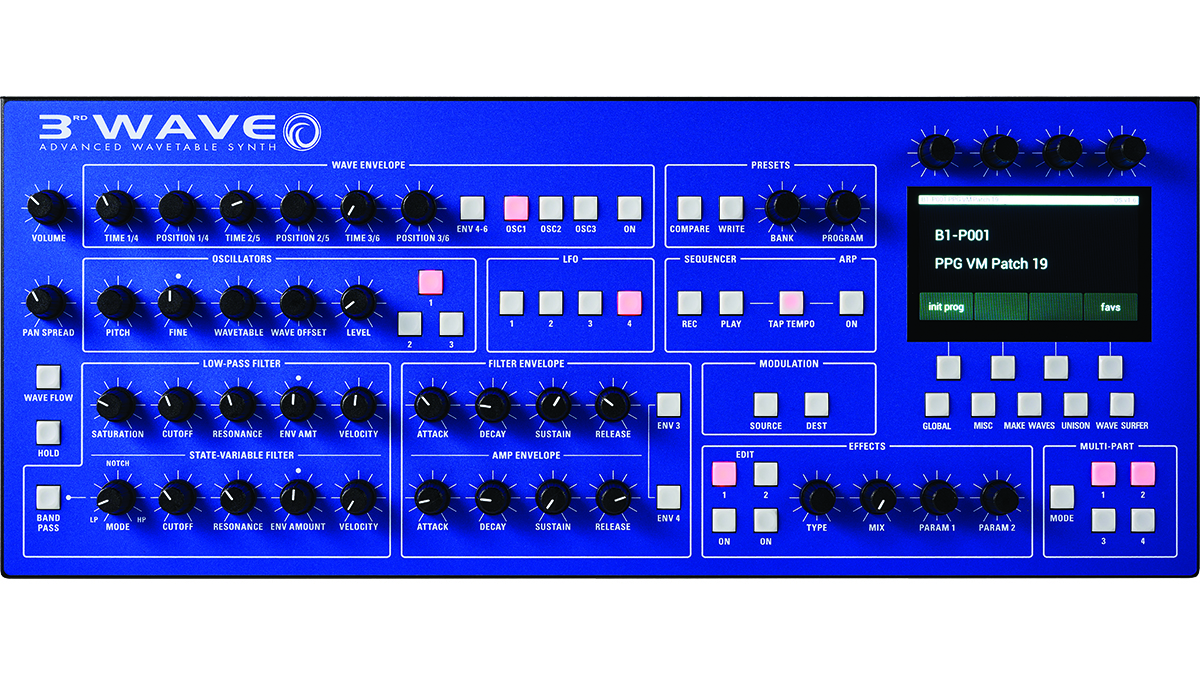
• Groove Synthesis 3rd Wave
It might be more wavetable-focused but 3rd Wave also plays the multitimbral card better and can do analogue, but the keyboard version costs a lot more.
• Novation Summit
Very similar core engine, even down to the oscillators and bi-timbral abilities. Doesn’t have all the extra controls and performance features, but is much cheaper.
• UDO Audio Super 6
You’ve got to include this as an alternative as the engines are so similar. It’s over half the fun for over half the price.
This extends down to the hybrid analogue/digital architecture, at the core of which lie two DDS (Direct Digital Synthesis) oscillators per synth layer. These boast a ridiculously high sample-rate to output-frequency ratio meaning that, according to UDO, they are capable of generating “frequency content far above the limits of the human auditory system”.
It’s the kind of best digital/analogue core that synths like Novation’s Summit boast – which also uses similar Field Programmable Gate Array-based oscillators – so you get super analogue if you want it, but also a side helping of digital stability with no aliasing. The rest of the synth boasts a mainly analogue signal path, which can be a true stereo one, including dual 12dB/octave filters (with six different low-, high- and band-pass combinations).
The first oscillator, DDS 1, includes analogue-style waves – sine, sawtooth, square, triangle, noise – plus, via a sixth option at the far right of the dial, access to 32 more ‘digital sounding’ waveforms (via two banks of 16). The manual actually states 64 so we’ll assume the other 32 are the user areas, in which you can import your own, even with simple 16-bit WAV files, if you like.
Want all the hottest music and gear news, reviews, deals, features and more, direct to your inbox? Sign up here.
A big difference over Super 6 is that the Gemini’s DDS 1 oscillator can now morph between waveforms. On a simple level, this is using the PW/Wave fader to move between the adjacent waveforms, or with the Waveform control engaged, between waveforms loaded in from those two banks of 16 into channels A and B. If this sounds complicated, it isn’t; it just means you get a very usable form or sound morphing which, while not up there with full wavetable synthesis, does give you a lot of flexibility, especially when it comes to modulation, of which we’ll see that there is plenty to sink your teeth into with Gemini.
Before that, we should quickly mention DDS 2 though, as it’s quite different from DDS 1. It still has the five analogue waveforms, but its very right-hand position delivers pulse width modulation. It can also be used as an LFO and sub oscillator to beef up DDS 1, and also features tuning relative to that first oscillator.
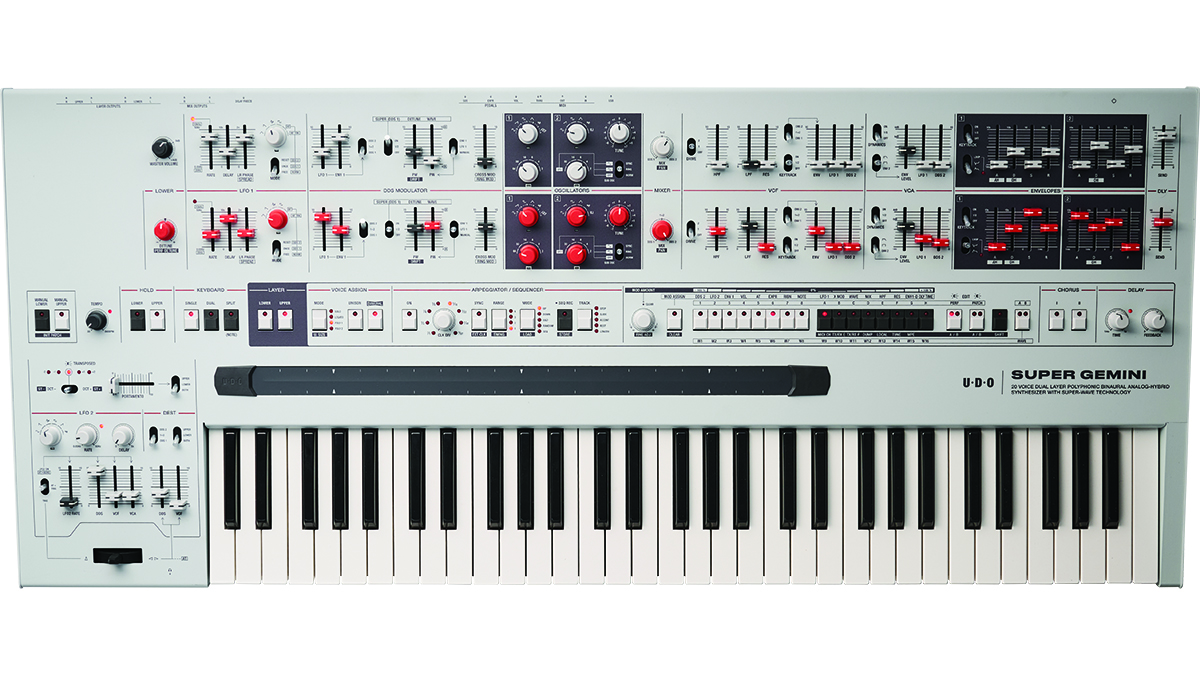
UDO Audio Super Gemini: Performance and verdict
Performing modulation
The first modulation area is the Performance Control Section which is where you will start to get the big Gemini picture. With its hands-on ribbon controller and polyphonic aftertouch, this synth is all about playing about with sounds in real time, and the PCS is where the modulation choices to further this aim start to reveal themselves.
First of all, the pitch-bend can modulate the pitch of the oscillators and the LPF cutoff frequency either left/right or by pushing up. Then, LFO 2 (choose from six waveforms) can also quickly be assigned to oscillators (for vibrato), filter cutoff (harmonic changes) or VCA (tremolo). You can control it with aftertouch or by pushing the pitch stick up, or have it permanently switched on. There’s also an Oscillator and Layer Selection that controls which of the oscillators LFO2 or the bender will be modulating (choose either DDS 1 or 2 or both) and synth layer they are acting on (upper, lower or both).
This is already a great hands-on start, but there is a lot more modulation by way of the 16 buttons above the right of the ribbon controller. These not only access Gemini’s presets, sequencer (see box), and digital waveforms for DDS1, but can access global parameters. Their fifth function, by way of the Mod Assign button, is to access an 8 x 8 modulation matrix where eight sources can easily be applied to eight destinations, or get access to other destinations by moving the chosen control on the synth. In short, that’s a lot of modulation and ways to perform with the sounds.
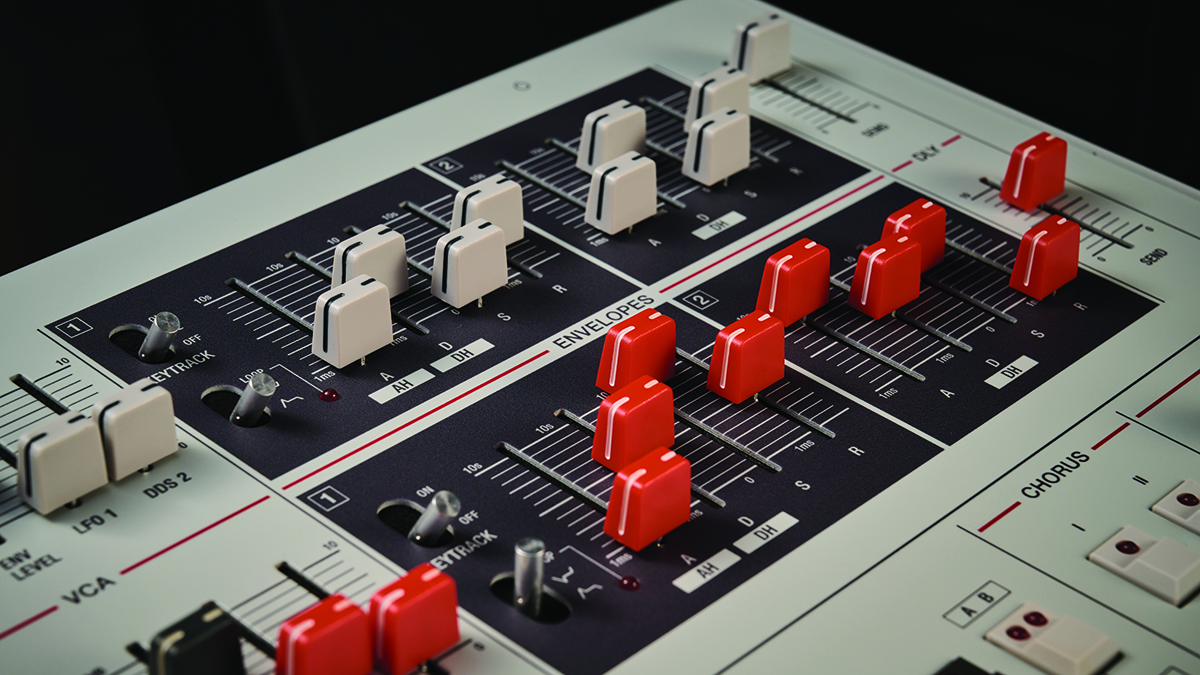
Sounds moving
And stepping through the presets, you might have to shut the world out for a while, and prepare to enter dreamland. You will be in your own performance for quite a while playing dual fat sounds, or a lot of split setups, with not only different sounds on the upper and lower part of the keyboard but different arpeggiators playing. We’ve rarely felt this way playing a synth: that we’re creating quite magical pieces of music pretty easily with splits, direct hands-on control tweaks and performance tools providing the necessary variations. We’re not even skilled players, but Gemini makes you feel you are. That said, as we conclude later, having some dexterity could be a bonus. Overall though, prepare to be swept away by majestic pads, extraordinary shimmering electronica pulses, many incredible arpeggios, and classic sweeping synth grandeur.
But what really separates this synth from the rest – and it really does stand head and shoulders above them because of this – is the excellent ribbon controller running along the main panel, the polyphonic aftertouch, and all that modulation we’ve covered, particularly by way of the Performance Control Section. These combine to add an extraordinary amount of expression when playing. Indeed references have been made to the Yamaha CS-80 in terms of how dramatic and moving Gemini’s sounds can be because of them, and quite rightly so. Just stepping through presets, playing arpeggios, layering sounds, and bending and shaping them will have you stuck playing on this thing for far longer than you’d planned. “Your tea’s ready!” Yeah, whatever. I’ll starve for now. And record everything, because after an hour of messing about you’ll have that long-awaited album you’d been planning.
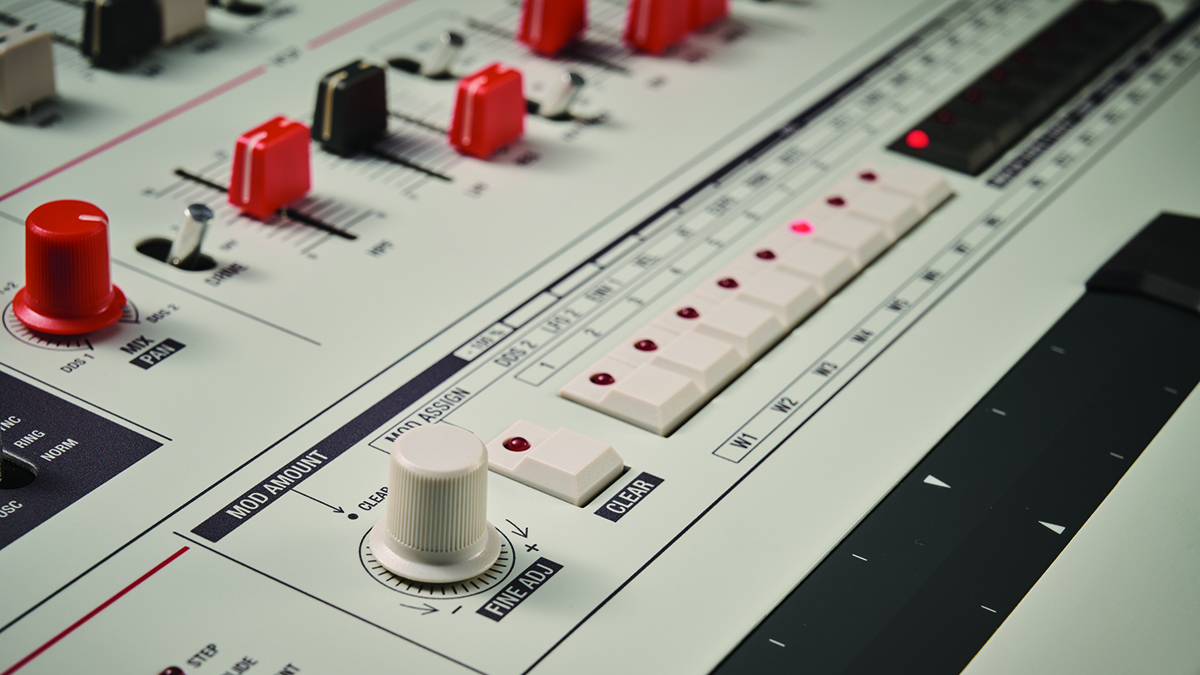
Some other neat touches
One of the most joyful aspects of Gemini is seeing and hearing the dual features work with one another on each keyboard layer, so with the arpeggiator, for example, you can set an independent one for each layer, with different patterns and timings but they sync together so don’t sound out of place.
Another feature is the Freeze delay which is an additional pedal input around the back that lets you keep a sound looping smoothly while you play over it, great for building up even bigger sounds or for live jamming. And as with everything in Gemini, you can do this per layer – it kind of turns a double synth into a treble or even quad sonic experience and makes Gemini one of the most hands-on ‘just another five minutes’ synths we’ve played.
Phew, just space to cover the sequencer – and we are very aware that Gemini’s surface has only been scratched in this review. The sequencer sits alongside the arpeggiator and just a couple of buttons let you program up to 16 sequences of up to 64 notes in length. Again, you use the 16 buttons that access presets, waves, modulation, etc – this being at least their fifth function. You can play in each step with chords or notes and the sequencer automatically jumps to the next step (or group of 16 from four) after you release the note. You can also add slides (by pressing both steps simultaneously), accents, rests, and set the sequence length. As with pretty much everything on Gemini, it’s well thought out and done quite brilliantly without the use of a screen.
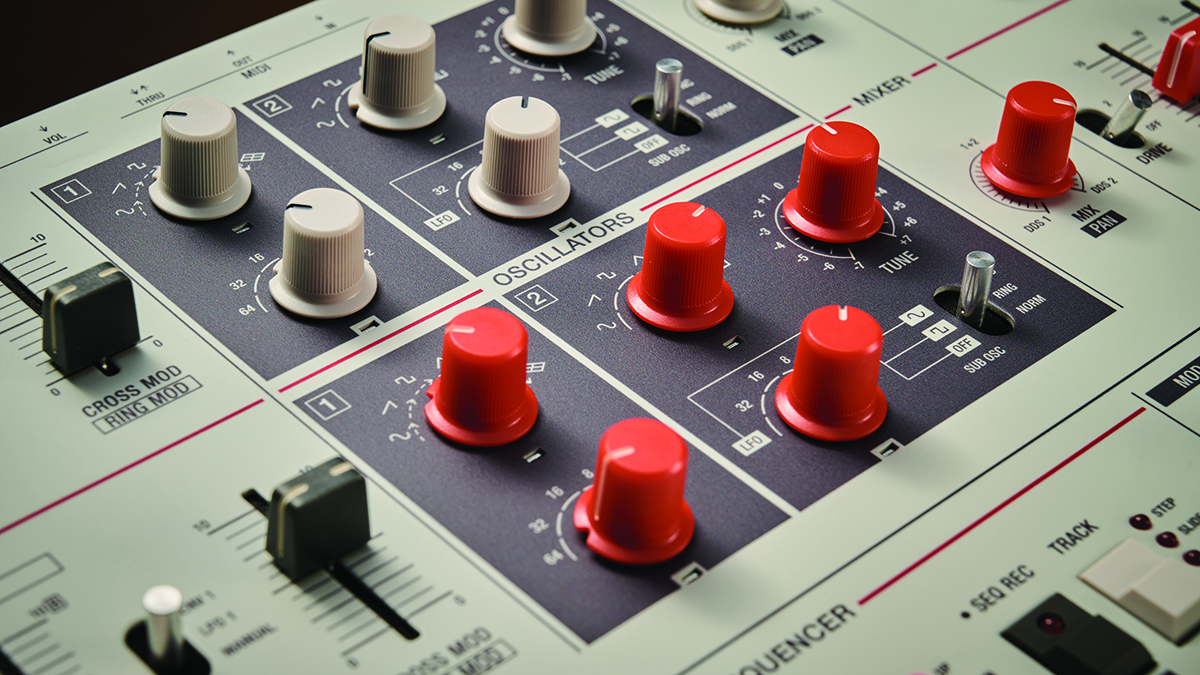
Gemini launch?
Gemini is a synth to be messed with, that is for certain. It’s not really, in truth, the kind of bi-timbral synth where you play a bass on the bottom half and a lead on the top and then everybody’s happy. This is more about how the layers interact and about how you perform with them, the sounds in them and the controls over them. We would even say that Gemini is more of a keyboard player’s synth – or at least one that you want to get physical with – compared to many we have looked at of late, because knowing what you are playing, mixing sounds, adding arpeggios, tweaking with aftertouch and using the ribbon controller all pay huge dividends.
Gemini is not cheap, but like other polys including 3rd Wave (almost) in this price range, when you look at its specs and power, it’s hard to argue with the price. And when you play with all of these performance options, push the limits of its layering, morphing and polyphonic options, this synth can sound more beautiful than pretty much any other on the market. This might make it a bit too ‘nice’ for some – maybe too ‘electronica’ as opposed to hard-edge dance – but personally, we could get lost in its sound for eons.
We won’t say that ‘Gemini is the XXX of the 21st century’, even though the synth is almost demanding we do – *cough* that CS-80 again *cough* – because while it might lack a 21st-century screen and other niceties, this could and should take its place as one of the great 21st-century polysynths.
MusicRadar verdict: One of the best performance synths on the market. We’re in a golden age of polysynths at the moment and this is one of its stars.
UDO Audio Super Gemini: Hands-on demos
MusicRadar Tech
UDO Audio
sonicstate
Andertons Synths, Keys and Tech
J3PO
UDO Audio Super Gemini: Specifications
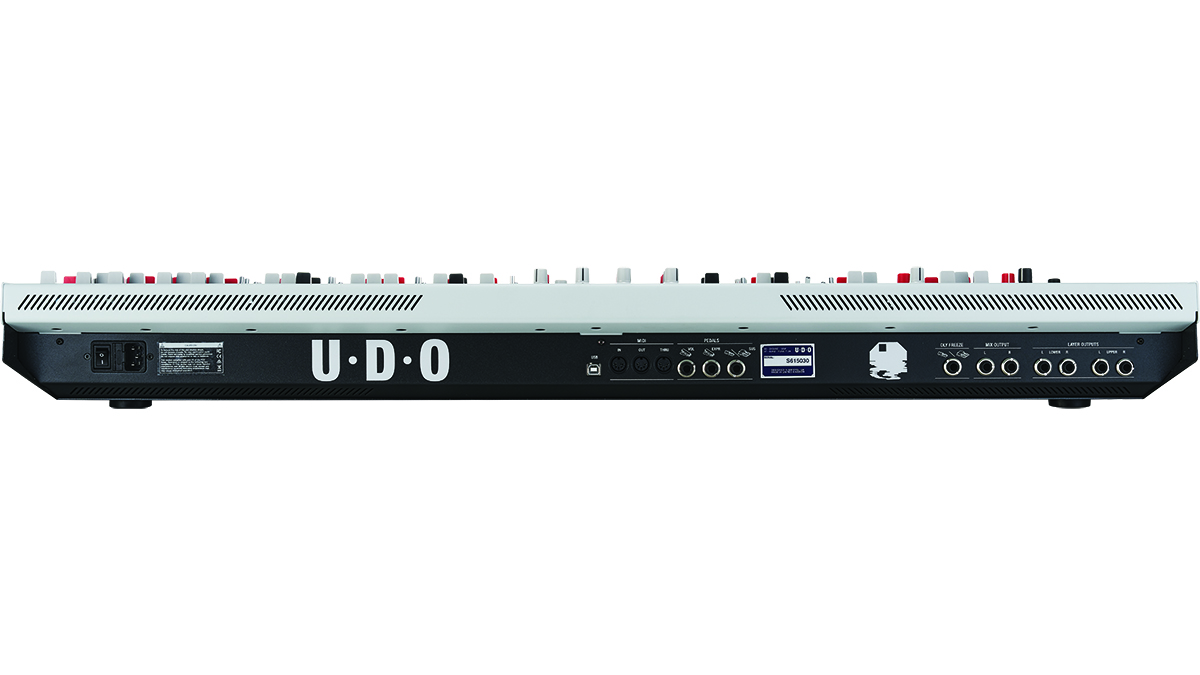
- 20-voice (10 binaural/stereo) hybrid analogue/digital synth
- 2-part multi-timbral
- Two DDS oscillators per layer
- 61-note semi-weighted keyboard with velocity and polyphonic aftertouch
- 8 x 8 modulation matrix plus 25 extra mod destinations and Performance Control Section
- Ribbon controller
- MPE support
- 4-pole 24dB/octave LPF, 1-pole 6dB/octave HPF
- 2 x envelopes and LFOs per layer
- Stereo chorus and delay (with delay freeze).
- CONTACT: UDO Audio
Andy has been writing about music production and technology for 30 years having started out on Music Technology magazine back in 1992. He has edited the magazines Future Music, Keyboard Review, MusicTech and Computer Music, which he helped launch back in 1998. He owns way too many synthesizers.
